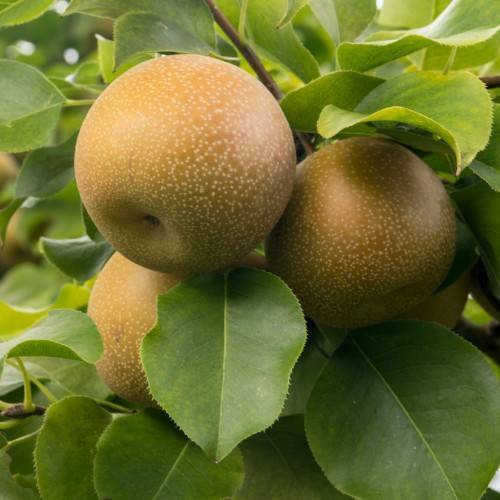
Asian pear
Pyrus pyrifolia
Cycle:
Perennial
Watering:
Minimum
Hardiness Zone:
8
Flowers:
Flowers In Spring
Sun:
Full sun
Soil:
Rocky , gravelly , dry, Well-drained
Cones:
Yes
Leaf:
Yes
Growth Rate:
High
Maintenance:
Moderate
Poisonous To Pets:
Yes
Drought Tolerant:
Yes
Thorny:
Yes
Invasive:
Yes
watering
Formosa firethorn should be watered frequently but not submerged in water. It should be given water when the soil surface is dry to the touch. Aim to water the plant 1 to 2 times per week, every other day in hot weather. Make sure not to over water it, however, as this can lead to root rot. During winter, when the plant is dormant, it should be watered less frequently, allowing the top 2 inches of soil to dry out before watering again.
sunlight
Formosa firethorn (Pyracantha Koidzumii) requires 6 to 8 hours of direct sunlight per day. This plant species does well in full sun, however it is tolerant of some light shade, especially during the warmest parts of the day. For best results, the Formosa firethorn should be planted in an area that receives full sun in the morning and partial shade in the afternoon. Proper air circulation is also important for this species, so it should be planted in an area with plenty of open space.
pruning
Formosa firethorn (Pyracantha koidzumii) requires moderate pruning to maintain its health and shape. Prune during the spring shortly after blossoming. Prune lightly, removing no more than 1-third of the current growth. Remove any dead, diseased, or damaged branches. Shorten long, lanky branches and thin shoot overcrowding to improve air circulation. Trim back the leader branches to keep the plant from becoming too top-heavy and to encourage the development of lateral growth.
